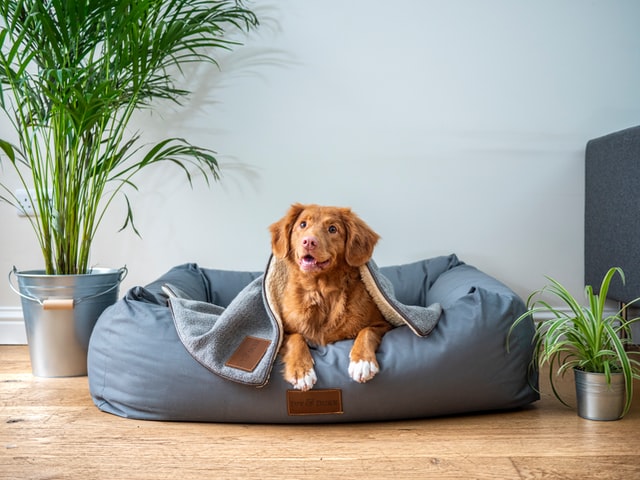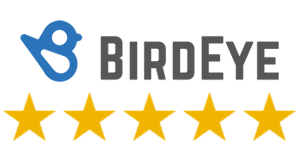
As a cat or dog owner, it goes without saying that you love your pet. Pets are a part of the family. As such, you want to protect their physical health and well-being. Like humans, pets can also be affected by mold. However, many chemicals used to treat mold are just as harmful to your pet. This is why eco mold removal is beneficial for everyone involved.
Which Type of Mold is Most Toxic to Animals?
Experts say that black mold is the most toxic to animals. However, black mold is an umbrella term used to describe several different types of mold. In most cases, when someone mentions black mold they’re referring to a specific strand called Stachybotrys chartarum. This type of mold is usually green and usually grows after water damage. It’s most commonly found in attics, bathrooms, and kitchens.
The problem with Stachybotrys chartarum is that it sometimes produces mycotoxins. Mycotoxins are dangerous if digested. Oftentimes, mycotoxins grow on spoiled foods like cheese. If your dog eats this, could experience a number of symptoms such as muscle spasms and tremors.
Symptoms of Mold Exposure in Pets
Whether they breathe in mold spores or ingest them, pets will exhibit several common symptoms of mold exposure. These include:
- Loss of appetite
- Difficulty breathing
- Excessive wheezing and/or coughing
- Excessively licking themselves to the point of baldness
- Extremely lethargic and weak
- Excessively scratching themselves for no reason
- Chewing or biting on their skin to the point of bleeding
- Runny or bloody nose
Your dog or cat may also experience traditional allergies symptoms such as sneezing or watery eyes. One of the worst symptoms your pet could suffer is a pulmonary hemorrhage. Common signs of this include vomiting and fainting.
How Common Mold Cleaners Affect Animals
Many cleaners can remove mold form your home. However, many can prove fatal for your pet. Bleach – one of the most common mold cleaners – can be very dangerous for your cat or dog if accidentally ingested. When cleaning mold yourself, your pet may accidentally step in the residue. When this happens, they lick their paw to clean them, unknowingly ingesting an incredibly toxic substance.
Any household cleaner that contains the following ingredients can be harmful to your pet:
- Ammonia
- Phenols
- Triclosan
- Sodium Hydroxide
- Formaldehyde
- Phthalates
- Chlorine
- Butoxyethanol
Do You Have Mold? Call the Pros at Green Genie Environmental For Eco Mold Removal Services Today!
When you’re protecting your pet from mold, you don’t want them to suffer by accidentally ingesting the cleaner. An eco-friendly mold removal company can give you peace of mind. At Green Genie Environmental, we only use eco-friendly products and methods of mold removal and remediation. If you’re looking for an eco mold removal company, Green Genie Environmental can help. Call us today at (716) 466-6653 to schedule an appointment.






